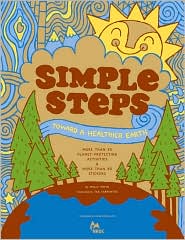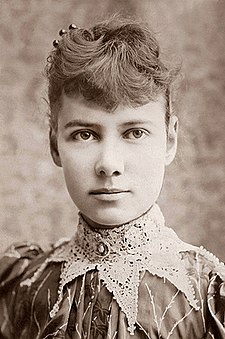As promised I am posting two reviews about Wilson Bentley, the man who first photographed snowflakes. These titles are, of course, for children, but adults will also greatly enjoy them.
Snowflake Bentley
Jacqueline Briggs Martin
Illustrated by Mary Azarian
Non-Fiction Picture Book
Ages 6 to 8
Houghton Mifflin, 1998, 0-395-86162-4
Little Willie Bentley loved the snow. He loved to play in it and he loved to look at it, comparing the snow to “apple blossoms.” Unlike apple blossoms however, snowflakes could not be looked at for long because they quickly melted. It was hard to enjoy and study the snow when it disappeared so fast. Then, using a microscope that his mother gave him, Willie began to look at snowflakes up close and he would quickly draw the ice crystals that he saw through the eyepiece. Even working as quickly as he could Willie was never able to finish his drawings before the beautiful crystal formations melted.
Then, at last, Willie’s parents bought him a microscope that had a camera attached to it. Now Willie could photograph the snowflakes before they had a chance to melt, and he would have their images on glass plates to study at his leisure. After many months of failure Willie finally figured out how to take the photographs. He learned how snowflakes form, and that each and every snowflake is unique.
In time people began to recognize how beautiful and useful Willie’s photographs were, and he sold many copies of his pictures to people all over the country. When he was sixty-six Willie’s book “Snow Crystals” was published, and it is still read and enjoyed by scientists, artists and others who live all over the world.
With Mary Azarian’s superb woodcuts to illustrate it, this fascinating book captures the essence of a man who did what he loved even though he was made fun of, and even though he did not make any money from his passion. Bentley took his photographs because the beauty of snow fascinated him and because he wanted to share the beauty that he saw with others. We are able to see that though he was a scientist who studied the weather and snow formation, he was also an artist at heart who was happiest when he was capturing the images of snowflakes on plates of glass.
This book was the 1999 Caldecott Medal winner.
You can purchase this book through this blog
here.

My brother Loved snowflakes: The Story of Wilson A. Bentley, the Snowflake Man
Mary Bahr
Illustrated by Laura Jacobsen
Non-Fiction and fiction Picture book
Ages 5 to 7
Boyds Mills Press, 2002, 1-56397-689-7
Charlie and Willie Bentley live with their parents on a farm in Vermont. The boys are educated at home and their mother, who is delighted by Willie’s abilities, gets her son a microscope. Willie loves the microscope, spending a good part of his spare time looking at all kinds of things under the lens. More than anything Willie looks at drops of water, marveling at what he sees. When it begins to snow in the winter time, Willie looks at a snowflake under the lens and what he sees changes Willie’s life.
Willie is entranced by the beautiful snowflakes, and he was to capture their likeness on paper. Unfortunately, his subjects refuse to accommodate him; they keep melting. Eventually Willie finds a solution to the problem. He buys a microscope that works with a camera, and after many hours of trying, Willie finds a way to get the images that he is looking for.
Many people wonder why Willie persists in taking pictures of snowflakes, writing a book about them, and showing his photographs to people, but Charlie just delights in his brother’s creativity, his determination, his appreciation of the natural world, and his kindness.
Told from the point of view of Willie’s brother, this is an excellent account of Wilson A. Bentley’s extraordinary life. Richly colored artwork in vivid reds, oranges and other warm colors perfectly compliment the text.
At the back of the book the author provides her readers with further information about Snowflake Bentley.
You can purchase this book through this blog
here.
You might also like to read a copy of Bentley's own book. Copies of this title are available
here.
























